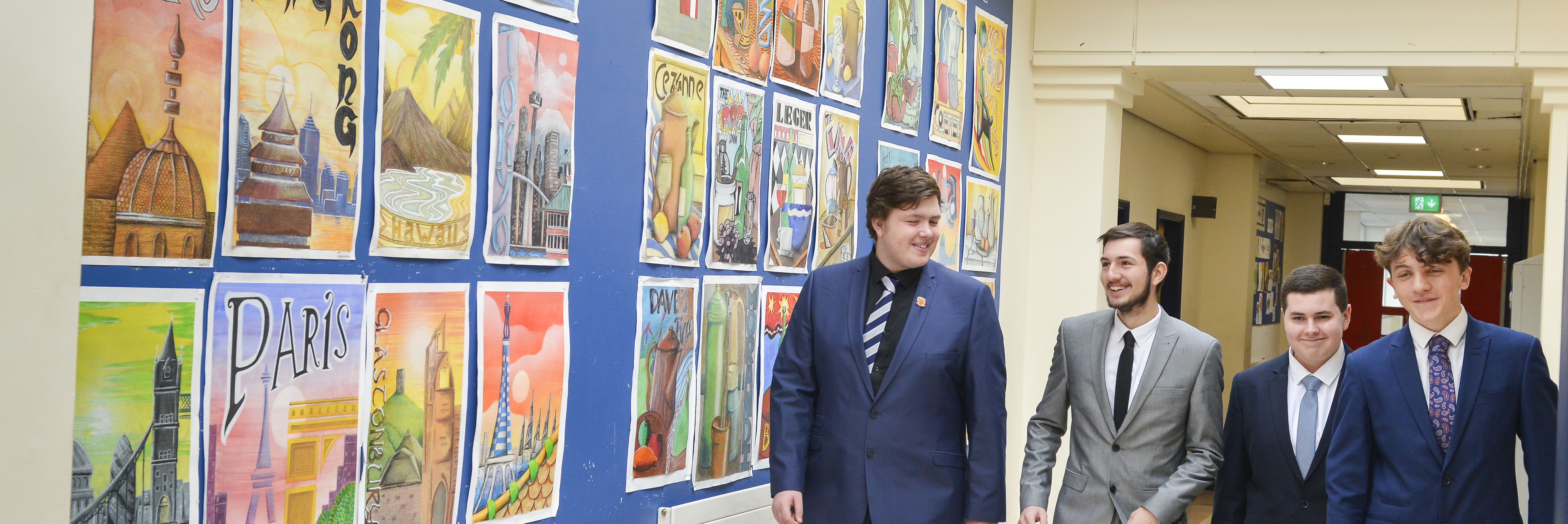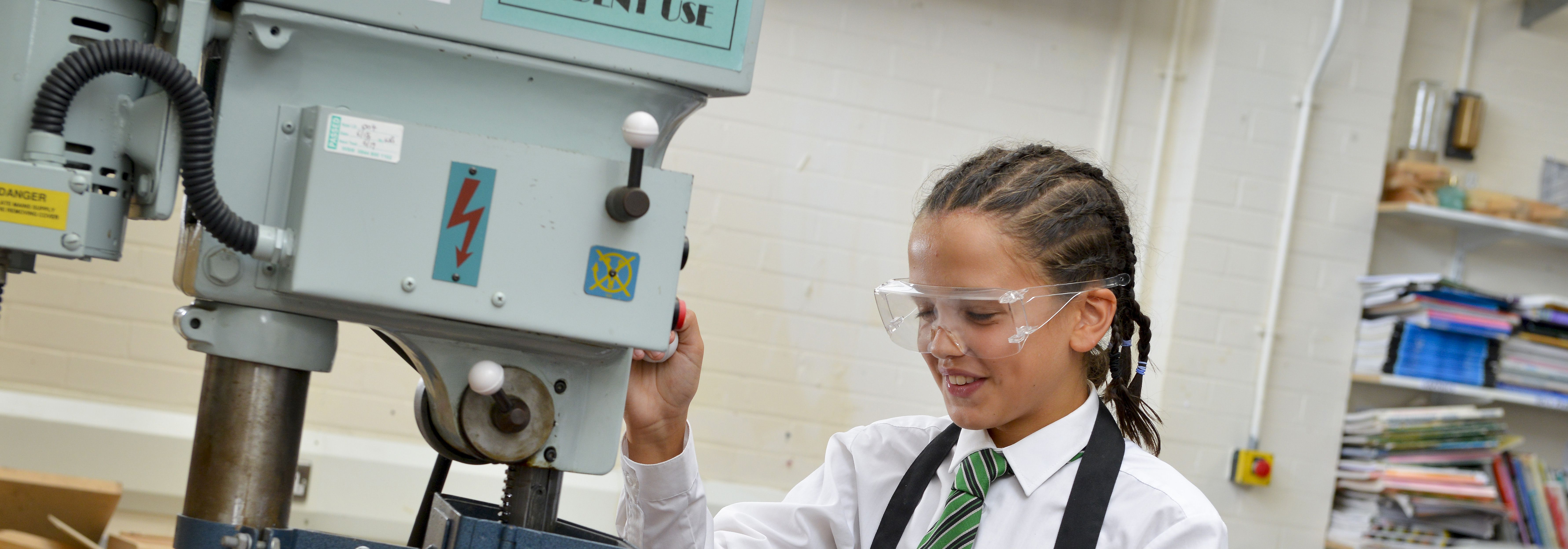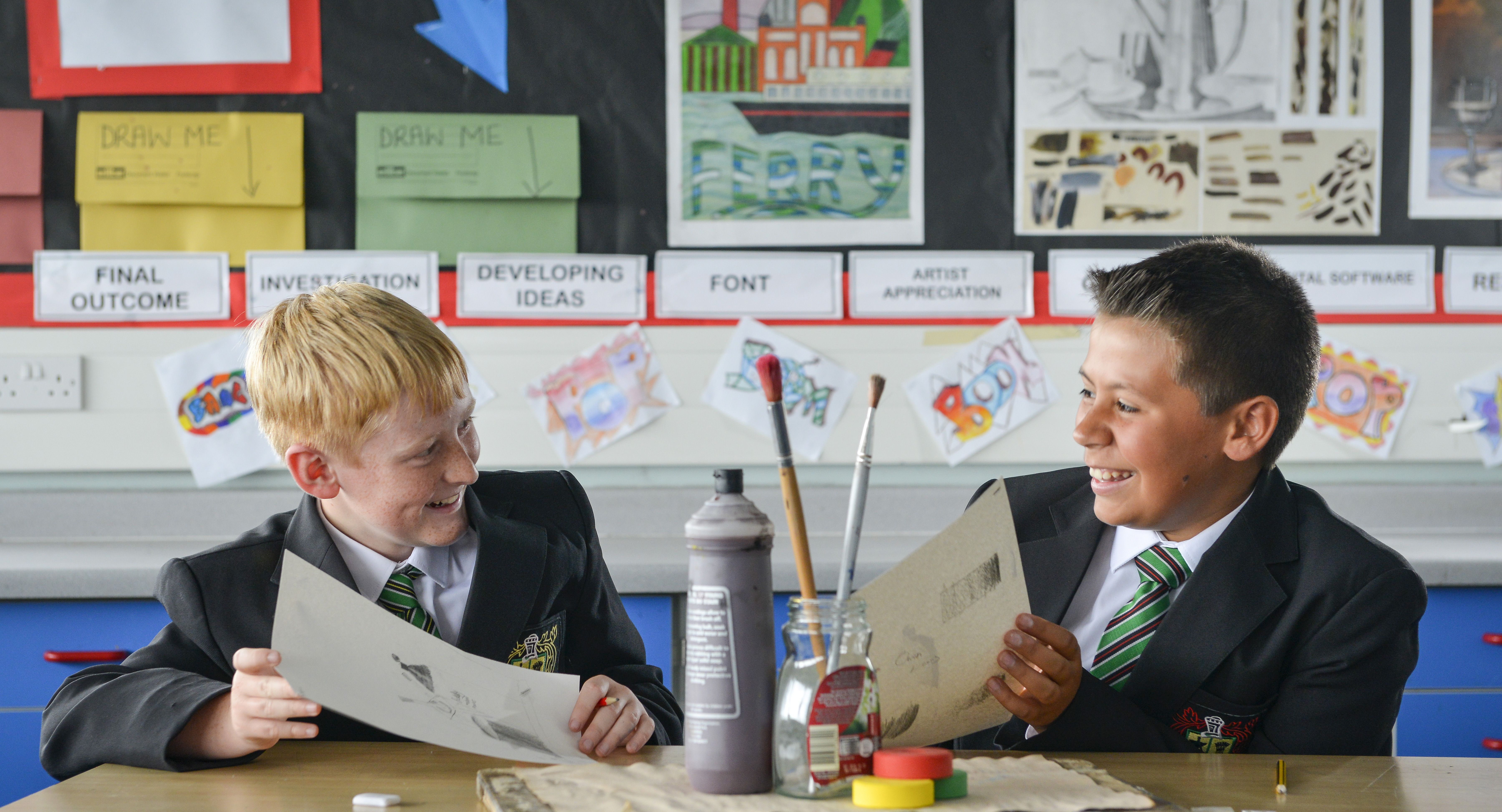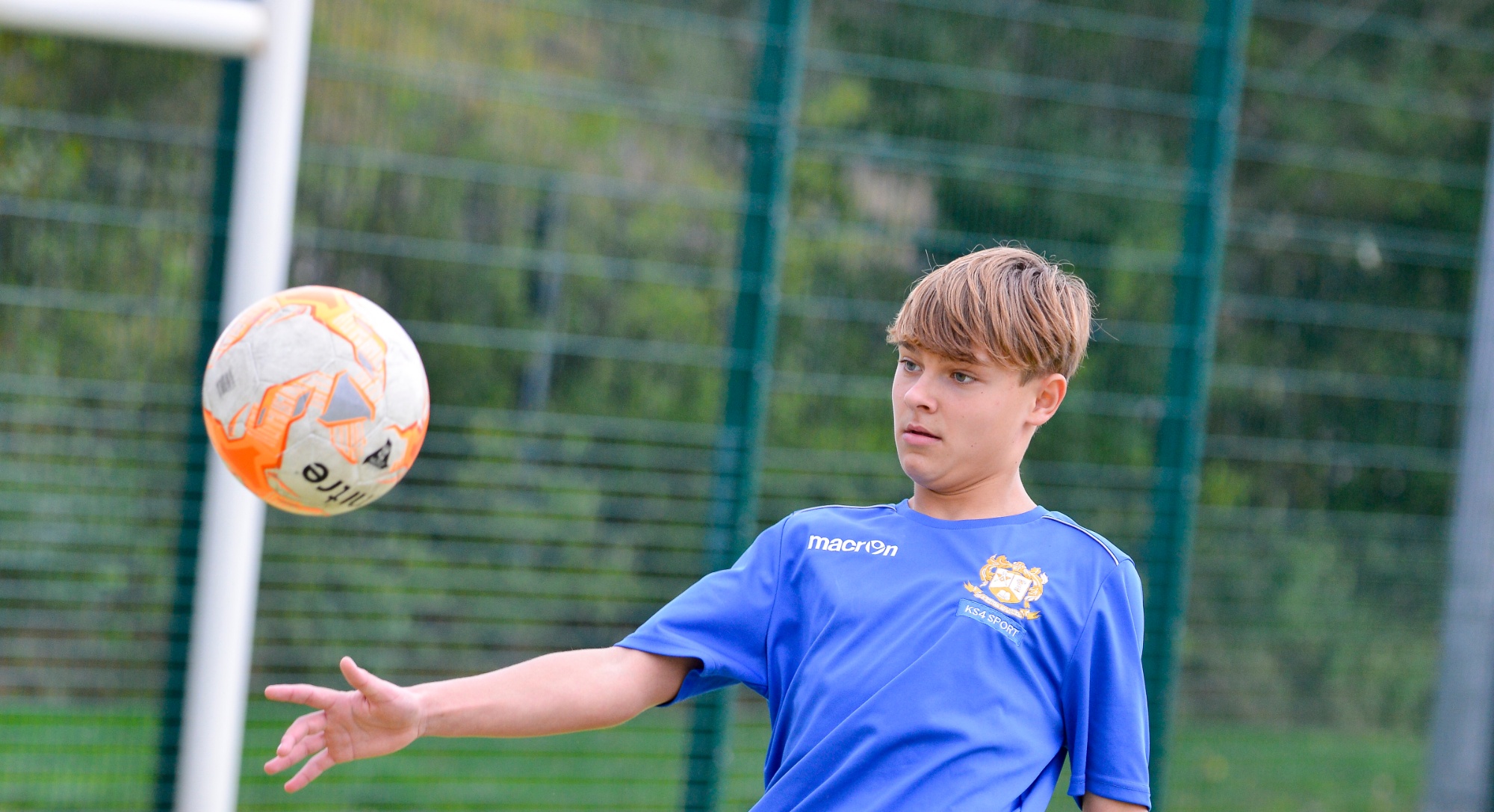Year 10
This curriculum map provides an overview of the design technology journey students will experience throughout the academic year. It outlines the sequence of design processes, material studies, and practical projects alongside key assessment points designed to monitor and support student progress. The curriculum is carefully sequenced to build knowledge progressively, with each unit providing the foundation for future learning, ensuring all students develop technical understanding, creative design skills, and practical making abilities appropriate to their age and stage.
| Half Term | Unit(s) of Work | Key Assessments |
| Autumn 1 | 2 focussed practical tasks developing hand tool skills, working with accuracy and precision. | Practical outcomes |
| Material properties | ||
| Theory lessons covering a range of materials, working properties and typical uses; New and emerging technologies; Design movements and the work of others; Product evolution; Ergonomics and Anthropometrics; Mechanical systems, | Identification and application of emerging technologies/materials | |
| Autumn 2 | Students develop presentation skills; drawing systems; exploring and developing ideas. | User needs |
| Mechanical components and devices | ||
| Iconic designs | ||
| Spring 1 | 2 focussed practical tasks developing use of CAD/CAM | Practical outcomes |
| Production methods | ||
| Material characteristics | ||
| Spring 2 | Theory lessons covering design strategies; Collaborative design; CAD/CAM; Scales and types of commercial manufacturing; Research and data collecting; synthesising and analysing data. | Testing and evaluation |
| Production planning | ||
| Summer 1 |
1 focussed practical task Theory lessons covering Sustainability; Moral and ethical issues; Impact of design on society and the environment. |
Practical outcome |
| NEA marking | ||
| Analysis of brief | ||
| Mood Boards | ||
| Card Modelling | ||
| Summer 2 |
Start of Non-Examined Assessment A01-Students explore the 3 design contexts leading to creating an individual design brief, identifying and investigating design possibilities. |
Interactions |
| Communication of ideas | ||
| Electronic systems | ||
| Renewable energies | ||
| Material properies/characteristics |












